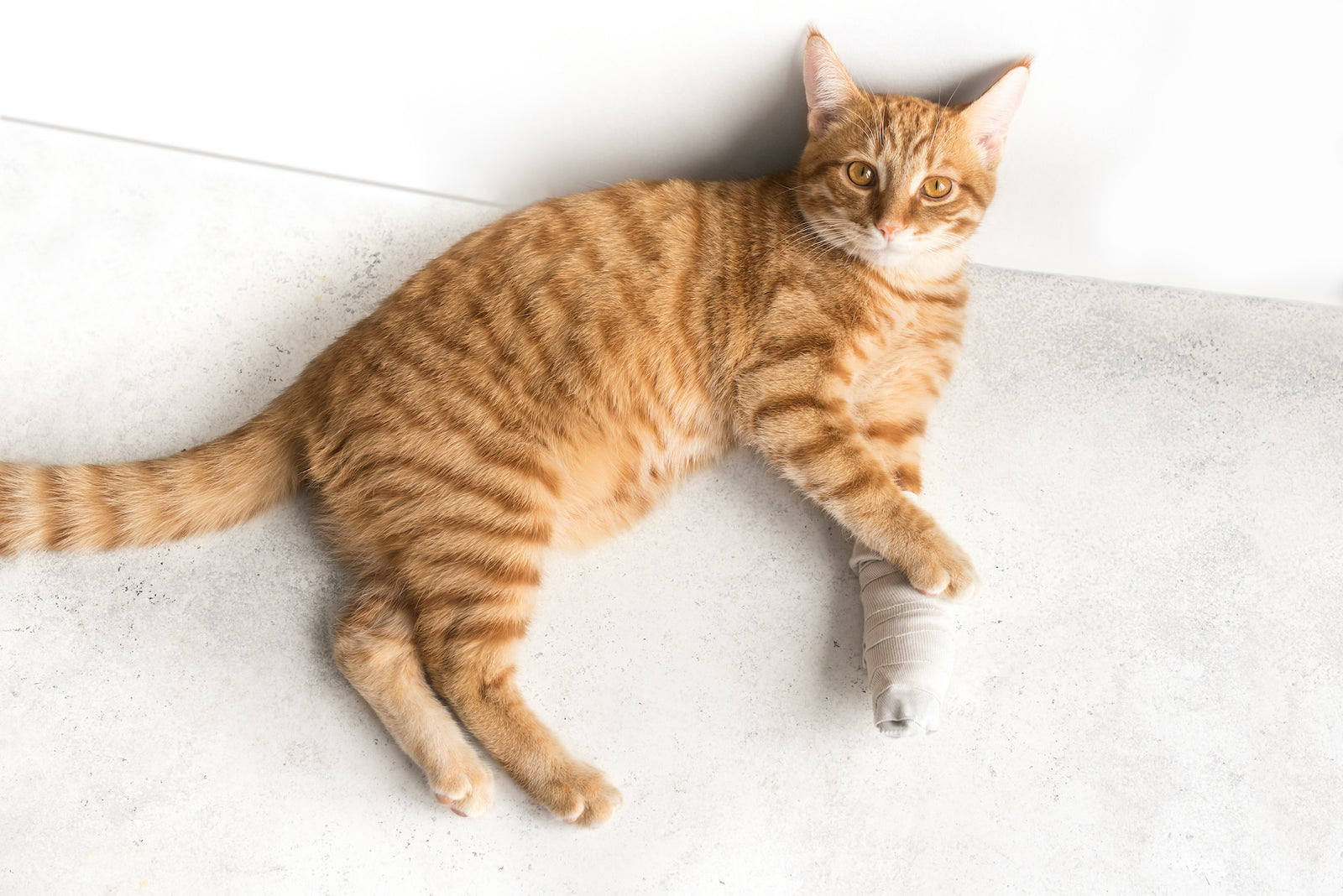
Just like us humans, when cats age, they become susceptible to aging bodily conditions such as arthritis. Older cats will start moving stiffer than they have in the past. Sometimes when older cats get arthritis, or even when they don’t, their older age will make them more at risk for fractures in their pelvis. Pelvic fractures in pets, both cats and dogs, take up at least 25% of all fractures seen in veterinary medicine. Other than aging, pelvic fractures in cats occur when something traumatic happens, like falling from a tree or getting hit by a car. What happens when your cat begins to experience a pelvic fracture, and how can you help them recover from a pelvic injury? Read on to learn more about the different signs, symptoms, and treatments for cat pelvic fractures should it ever happen to your cat.
Signs of a fracture:
- Typical signs of being in pain
ats aren’t the most vocal of animals when it comes to being in pain or discomfort. When a serious injury such as a pelvic fracture occurs, the pain can be too much to handle, and they may exhibit typical signs of distress. Those signs are things like wailing, crying, howling, hiding, retreating to dark and out-of-reach spaces, and growling if being approached or touched.
- Cat Limping or simply not walking
If your cat has started to walk around your home with a limp or is avoiding walking all together, there is probably something deeper going happening. A fractured pelvis will make it extremely painful for them to walk and even stand. They’ll try to keep as much weight off theunstable pelvic fracture as much as possible.
- Inability to self-groom or eat
Cats dealing with pelvic trauma or fracture will very likely stop doing things in their daily lives that they usually do. If you notice your cat won’t eat, has suddenly stopped grooming itself, or avoids its litter box, something more serious may be going on with its body. Just as they avoid moving because of a pelvic fracture, they’ll avoid doing things they usually do because of the movement needed to do those things. If your cat begins exhibiting aversion to curling up and grooming itself or walking to its food and water bowls, then something’s amiss, and a veterinary visit is in order.
- Bruising and swelling
A fractured pelvis will get inflamed and become swollen. When gently examining your cat for pelvic fractures, be aware of any swelling or bruising that is sensitive to the touch and/or prominent to the naked eye.
- Abnormal shape or dislocated bone
Just like bruising or swelling, dislocated or protruding bones are caused by pelvic fractures. If you notice your cat’s gait or the way they stand is off or looks abnormal to you, under no circumstances attempt to readjust their shape. Protruding bones, especially from pelvic fractures, should be examined and treated by a veterinary professional.
If you have any reason whatsoever to believe your cat is suffering from a pelvic fracture,
take them to a veterinary professional immediately. Never assume an unstable pelvic fracture will heal on its own. Doing so may cause even more serious health problems for them.
Different kinds of fractures:
Below are the different classifications of fractures depending on the broken bone. They all need veterinary attention.
- Articular fractures: when a bone plate breaks in or around a joint.
- Physeal fractures: happen to bones in the legs or toes.
- Epiphyseal fractures: occur in areas of the bones right above or below the growth plate.
- Metaphyseal fractures: aka corner fractures occur at each end of a long bone.
- Diaphyseal fractures: fractures to two bones that meet or fracture-dislocations.
- How severe it is:
- Patterns
This refers to how the bone plate is broken. They can be transverse, spiral, oblique, avulsion, or Salter-Harris (growth plate fractures in kittens).
Treatment:
The most crucial thing you can do when your cat is suffering from a pelvic injury or broken bone is to take them to the vet immediately. Your vet will diagnose and treat your cat and They most likely will have to undergo surgery, so limiting movement post-treatment isbeyond essential when healing those bones. Anti-inflammatory medication or antibiotics can help reduce swelling, while pain medication will quell any sharp or extreme pain associated with the fracture and surgical process. Caring for your cat as gently and as calmly as possible will help ease their stress and pain when they are recovering post-surgery. Take them back to the vet for a follow-up x-ray and consultation to make sure their fractured pelvis is healing swiftly and properly.
Sources:
https://www.southseattlevet.com/what-to-do-when-your-cat-has-a-broken-bone


Follow Us